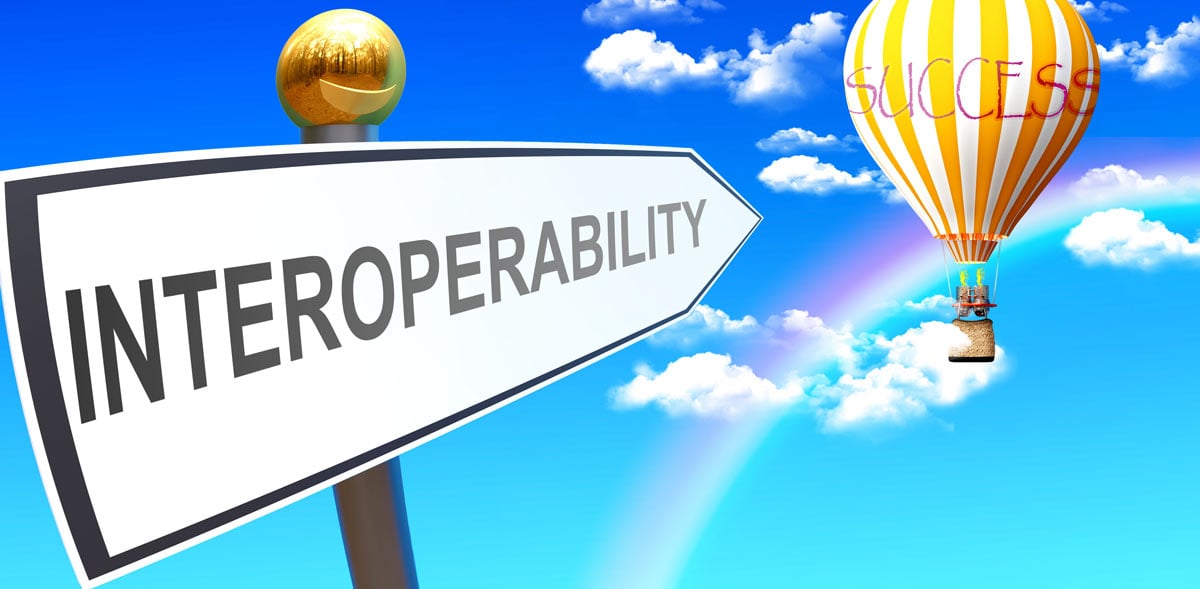The hugely successful US entertainment company, Netflix has established a financially viable flat fee model for its digital movie and TV content. Spotify, Apple Music, and Google Play Music are all following the same trend with streaming music. Now academic publishers are aspiring to follow suit with textbooks.
While the basic concept of flat fees isn’t new, the way Netflix has implemented the model to make it profitable is ground-breaking. While Netflix launched in 1997, its flat-fee model is relatively recent. The way it works is you get a free trial run for a month, then, if you like what you see, you can opt for one of their flat-fee plans. You decide what you want in terms of things like HD and the number of devices and/or screens you can watch on, and you know right from the start exactly how much you are going to pay every month.
Spotify’s service is similar, though reports state it is not yet “profitable”. The major stumbling block seems to be that it is just too easy to download music free! Nevertheless, Spotify did list with an initial public offering (IPO) this year (2018) which will result in a successful flat-fee model for digital music content.
Apple Music is a newer service (2015) that also offers music streaming for a flat fee, as does Google Play Music.
Original Fee Models for Digital Content
One of the earliest flat-fee models for digital content was propounded by authors Willms Buhse and Amélie Wetzel who contributed to sections of Digital Rights Management: Technological, Economic, Legal and Political Aspects published internationally by Springer in 2003. They looked at various different fee models, one of which was superdistribution, a concept originated in Japan by Ryoichi Mori in 1990. Based on encryption technology, the system monitors the use of software by computers rather than ownership of the digital material accessed and is based on controlled usage of freely distributed digital content. But unlike the true, more recent flat-fee models, this one relies on revenue-collection hardware within the computers of individual end-users – depending on how much has been used.
Buhse and Wetzel preferred the idea of a fixed fee subscription model because it allowed “bundling” that would ultimately result in higher profits for companies providing the digital content.
Michael Upshall in Content Licensing - Buying and Selling Digital Resources (Chandos Publishing, 2009) also looked at various fee options as well as licensing possibilities and free business models that might be supported by advertisers. His take was while there was clearly a demand for digital textbooks, printed versions were easier to read and students could make notes in them. His issue was that pirated versions of digital books were too common. This, of course, undermines any type of fee model – because the person “stealing” the book isn’t paying anything! Which is exactly why Ryoichi Mori opted for superdistribution.
Upshall referred to subscription, rather than flat fees, though the two are intertwined. Examples included Oxford Scholarship Online (OSO) which started offering Oxford University Press (OUP) academic titles to students in 2003 via learning institutions and their libraries. Cambridge Companions Online followed the same trend with Cambridge University Press titles, albeit on a much smaller scale.
Textbook Publishers Opt for Flat Fee Models
Since academic publishers are losing money by printing textbooks, they need to find a way to exploit the digital content revolution and increase company revenue. Of course, the challenge is to make their digital offerings viable for learners. They know that the majority of students need textbooks based on approved curriculum content to complete their studies successfully. While some buy secondhand books and other opt to rent, the digital versions publishers can provide are up-to-date, generally cheaper, and can be produced with all kinds of added extras including video and audio files and interactive questions and answers.
The flat-fees trend has been growing steadily in the textbook publishing industry for the past seven years or so. These are offered by individual publishers as well as businesses that supply libraries with digital content. Examples include:
- The Perlego flat-fee model that offers more than 50,000 books for a flat-fee subscription as well as a limited number of totally free books online. Perlego has deals with several publishers including Pearson, Wley, McGraw-Hill, and Palgrave. The company pays participating publishers fees based on book usage.
- The Pearson Affordability model that charges students per semester subscriptions to access its publications. The most recent development is in the form of a partnership with Barnes & Noble Education that enables students to save as much as 70 percent if the buy textbooks online or in campus bookstores on the first day of class.
- The Cengage flat-fee model, launched in December 2017, that has been designed to give students “affordable access” to unlimited digital course materials from August 2018. Positioning themselves as “the catalyst for change” in the industry, the company has vowed to be 90 percent digital by next year (2019). The subscription costs vary from $119.99 for a semester to $239.99 for a full two years, giving students access to more than 20,000 textbooks and other higher education resources applicable to 675 courses in 70 disciplines. The company is going to continue printing textbooks too – and is offering students who pay the new subscriptions free print rentals for a minimal shipping fee.
If you would like to learn more about how academic publishers are following the flat-fee trends already followed by companies offering movies and music, you need to read Guttenberg Technology’s newly released white paper. Entitled Flat Fees for Digital Textbooks Set to Revolutionize Academic Publishing, it provides a fascinating review of the industry’s shift from traditional revenue models for printed textbooks to a new normal that features digital learning material.

.png)




Leave a comment